
Phone X
iPhone 4mm f/1.8
4mm, 1/13 Sec at f/1.8, ISO100
Post Processed in Adobe Lightroom Classic
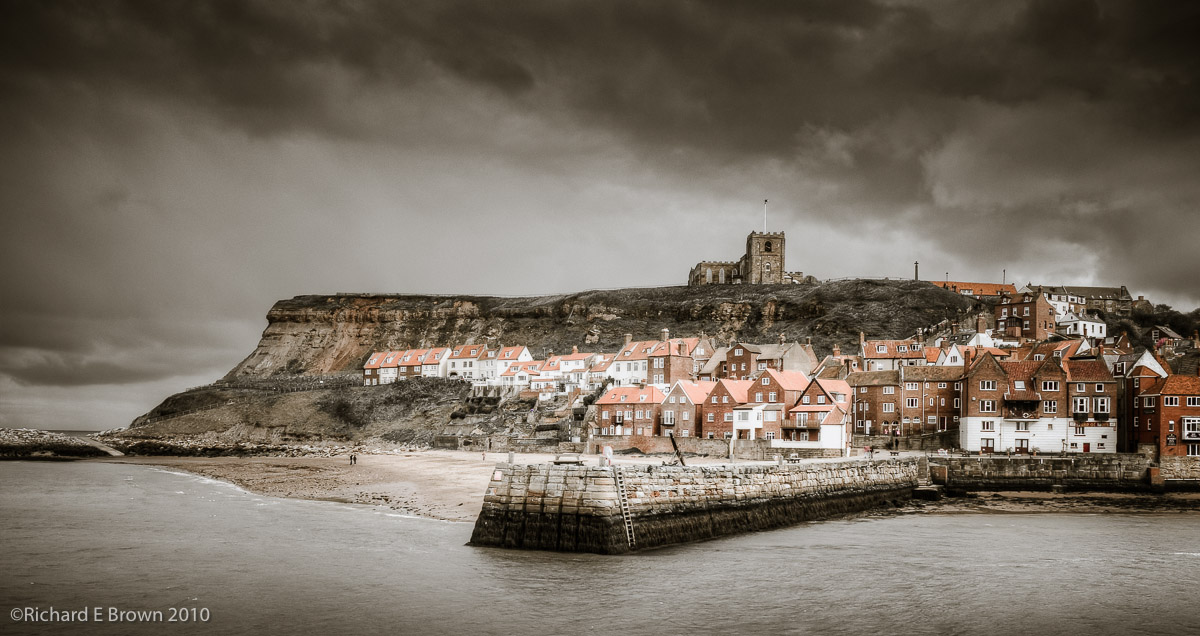
Family, Photography and other misc news

Phone X
iPhone 4mm f/1.8
4mm, 1/13 Sec at f/1.8, ISO100
Post Processed in Adobe Lightroom Classic
What flash to buy – Recommendations

Small flashes; well you cannot go wrong with your camera manufactures flash units. The Nikon units are particular good if expensive, which is the general problem with camera manufacturer’s lights.
For third party units I would recommend Metz or Quantum, there are a lot of new companies doing units now but I have no personal experience of them.
Studio flash units; low end I have no real experience but I will add that I had a cheap unit lighting the background on a studio shoot. It was struggling to keep up and caught fire! Midrange I use Elinchrom, high end the latest Profoto is hard to beat but you do pay a high price, I have heard some wonderful stories about how good their customer service is and assisting when there are issues.
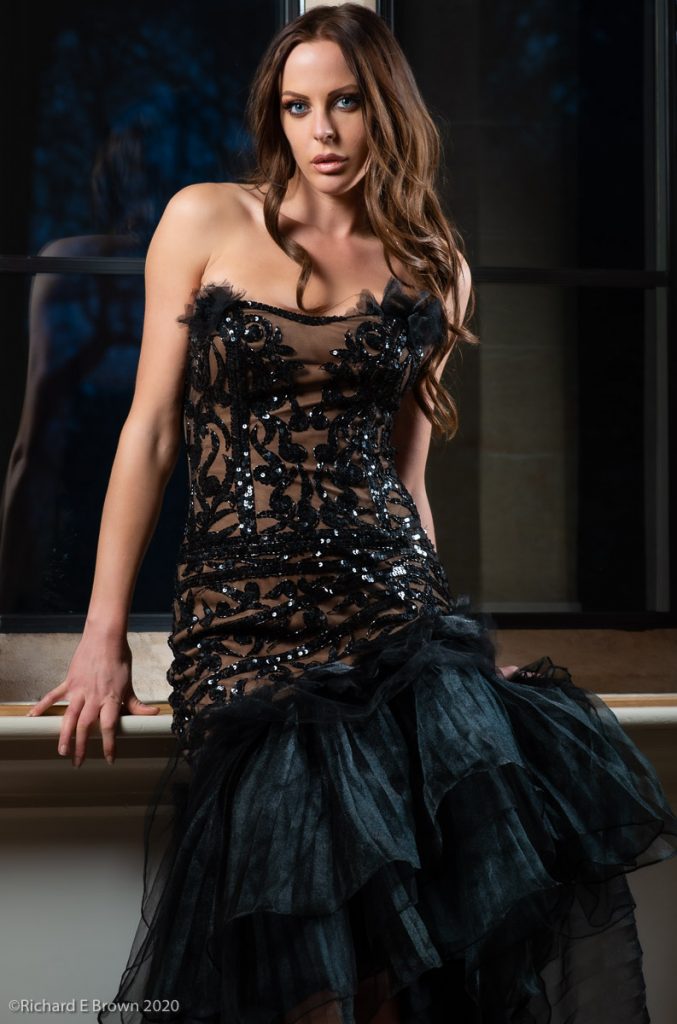
Again like small flash, there are a lot of new companies doing studio flash like GoDox/PiXAPRO. The above shot was taken at a local location using some loaned PiXAPRO studio heads.
What ever you pick think about the accessaries you may need later and if its easy to get the unit repaired locally.
Mixing units; if you are doing anything that is colour critical then having all the units from the same manufacture help for consistent colour.
If your slowly building a system, may be a low-end light from the system you choose first, then add a second when you can afford it. This will last you a while, then maybe add a more expensive light as your main light and the others become background and hair lights.
What to buy
Well what do we need to consider?
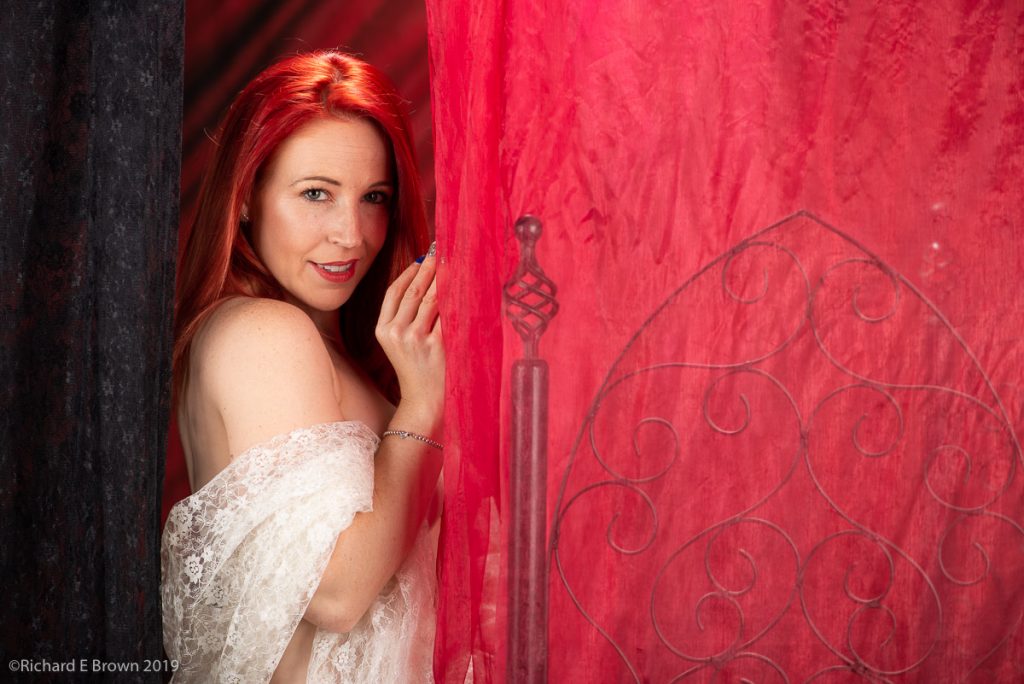
Budget: well in many ways this is linked to the other points so we will skip this for now but, more money means more features, more support etc. Budget, midrange and high end all have their pros and cons.
Mount type: many systems have the Bowens S mount, the other common ones are the Elinchrom EL and the Profoto. Soft attachments like soft boxes can generally. be adapted or you can get third party adapter rings to fix your Profoto soft box on to say an Elinchrom flash head. It gets more difficult with hard accessories like beauty dishes. Think long and hard about where you want to go too.

Colour Consistent: This is one of those things linked to budget. The midrange and higher end flashes tend to drift no more then 300k in use. If your only taking a few pictures not too much of an issue, if your taking a lot of pictures with a lower end flash unit, keep taking a custom white balance as you go along. Taking a white balance reading and shooting for a couple of hours and then in post production noticing your colours are off after an hour in the session can cause issues when your editing and will slow down your work flow. Be aware or buy better lights.
Exposure accurate: There are two aspects to this. Consistent amount of power while you work, which is essential, and consistent when you turn up the power turn the power down, this is less important but can cause a bit of frustration if your wanting to go down one stop, set the flash one stop less and its only half a stop down in power. It slows you down a little, but is not really and issue if you meter well after each change, remember as well some of the cheaper lights may change colour temperature if you change power output, so white balance reading after a power change may be required.
Flash duration: Do you shoot sport, want to freeze water droplets, the flash duration is what freezes the action. For general use most flash is fast enough. For some specialised use then you can get special flash heads with very short duration to freeze action.

Support: Cheap and even some midrange flash units do not have good manufacture support, the units are considered consumables, if they die after three years then buy a new unit. Some high end flash companies support their old heads that are now over thirty years old and will cost-effectively repair and turn it around quickly. They have dealers locally that can lend you loan units and give quick turn around.
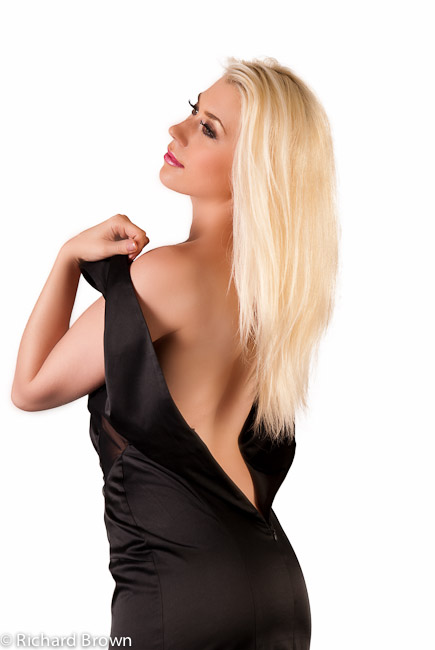
Power: Generally in small studio’s you do not need a lot of power, 250ws or 500ws (watt/seconds) is enough. The issue with cheaper flash units is often too much power, some high end 1000ws units will turn down 1ws, cheaper 250ws will only turn down to 30-50ws. This makes them less flexible. You may need to buy a 250ws and a 500/1000ws head as well to give you options. Also look at some reviews on YouTube. Some higher end flashes that are rated at 250ws when tested could nearly reach output of cheaper 500ws lights due to the more efficient head design and better reflectors.
Mains or Battery: This is linked to power. On location, wedding receptions, event photography then battery is the way to go, in the studio then go for mains. Depending on the amount of power I have needed on location I have either used small speed lights or my more powerful Elinchrom Quadra units. With newer technology and better batteries you can make the case for using battery in the studio. There are some units. now that are battery powered but can run on mains as well.
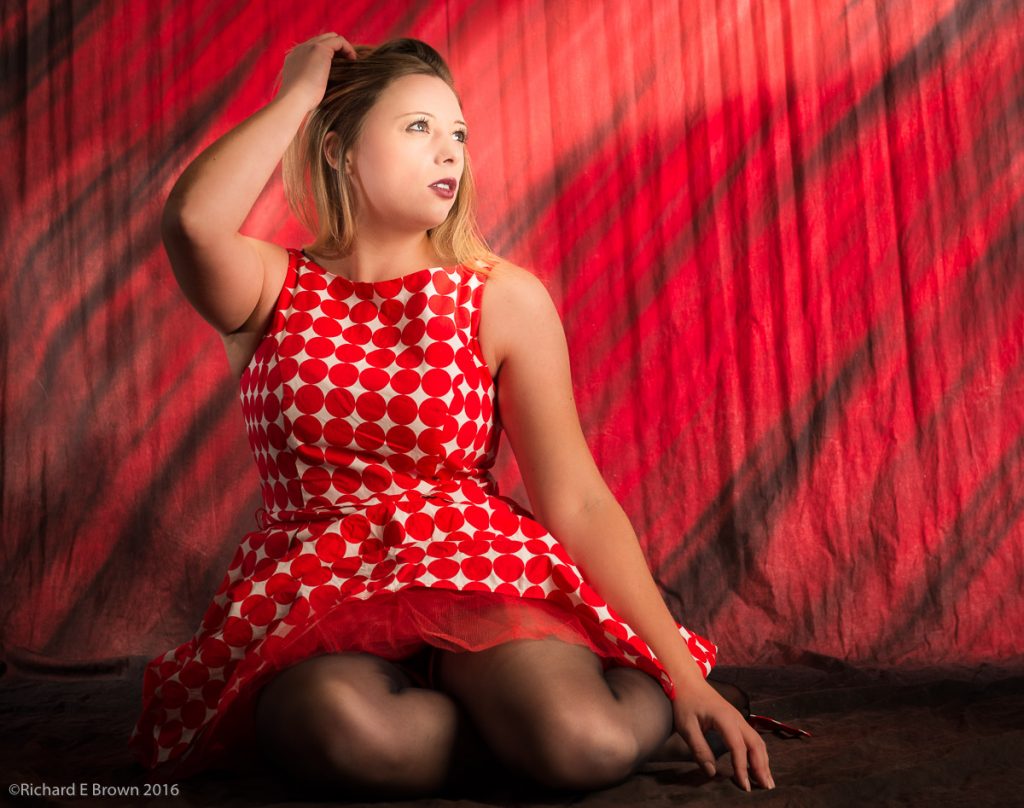
TTL Support: Studio flash scares a lot of photographers, in fact flash period scares people. TTL flash is generally what you get with small speed lights, but more and more studio flashes are supporting TTL. TTL – Through the Lens metering means your camera and lights work together to try and make the correct exposure. As long as the scene is not too dramatic it generally works well.
High Speed Sync: If you are mixing daylight and flash then you often find your flash sync speed in your camera becomes a limiting factor. This is why high end medium format cameras for fashion photographers can sync up to 1/2000 and some 1/4000 or 1/8000 of a second. To over come the the limits of typical cameras slow sync speed the camera and light manufactures came up with HSS. The flash blasts lots of little flashes in the hope that some of the flashes correspond with the high shutter speed in use. It uses up a lot of power but can really help if you need it. If your looking at HSS then mains power or very powerful battery lights is the way to go.

Studio mains powered flash
This is where for most people it gets scared. How do you meter, using mutilple modifiers, just where do you start.
Well I would suggest watching a few YouTube videos as a start, then book a good local studio.
If you live in Lincolnshire, Nottinghamshire, then I would suggest you book Worksop Photographic Studio. The above shot was taken there.
Book the studio for a couple of hours and the house model and get a lesson on lighting. Many studios offer courses and you will learn a lot.
The key thing is to learn how to meter, and about soft and hard light, and specular and defused light.

The bigger the light source in relation to the model the software the light. Things like soft boxes give you more defused light then something like a beauty dish which being more direct and specular light source.
Moving a small flash off camera
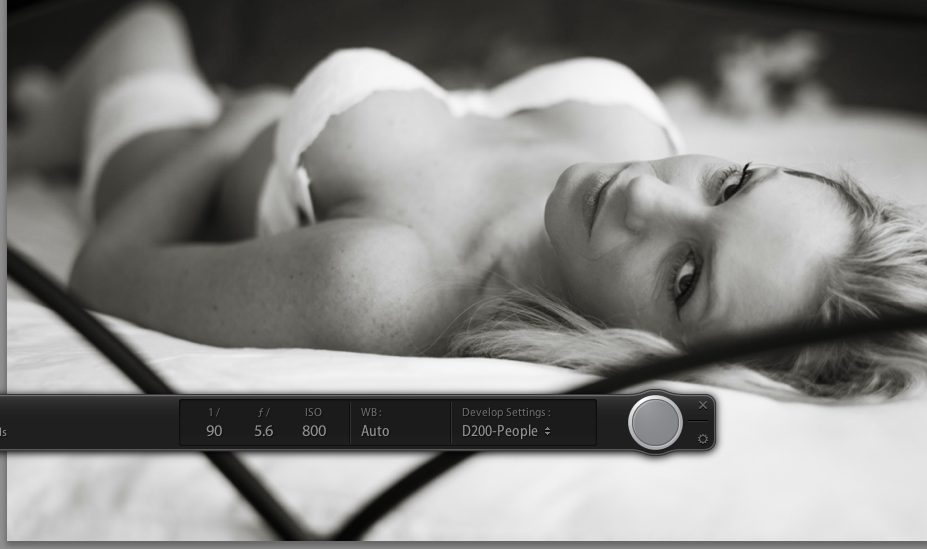
So how do we get small camera flash better, well we move it off camera and use a modifier.
This picture here made using a small flash on a stand and a white umbrella, to trigger it I had my other flash on camera but set to remote mode so not actually contributing to the overall exposure.

In this shot we are mixing daylight with flash. This time I have gone up a level from small flash to portable battery studio flash. In this shot I used a Elinchrom Quadra on a lightstand and a shoot through umbrella. The advantage of a portable studio flash solution is that it offers far more power.
When using flash outside there is a problem, and that is power and sync speed. Power is easily solved, buy a more powerful flash unit. Sync speed is more of an issue.
In this particular shot I wanted the daylight underexposed. The flash exposure is controlled by the aperture, this leaves the only option to control the ambient light being the shutter speed. Low end cameras will only sync to 1/60 of a second. Mid range cameras will go to 1/125 to 1/180 and higher end cameras to 1/250. A high end professional studio medium format camera will sync up to about 1/2000 or some 1/8000 of a second but these cost tens of thousand of pounds.
On camera flash

On camera flash gives the worst result but there are ways of improving it. I highly rate Nikon’s CCS system, I use a pair of SB800’s now quite old but work well.
In auto using a cameras modern TTL flash metering system you generally get reasonable results, but they become easily tricked by large dark or white areas.
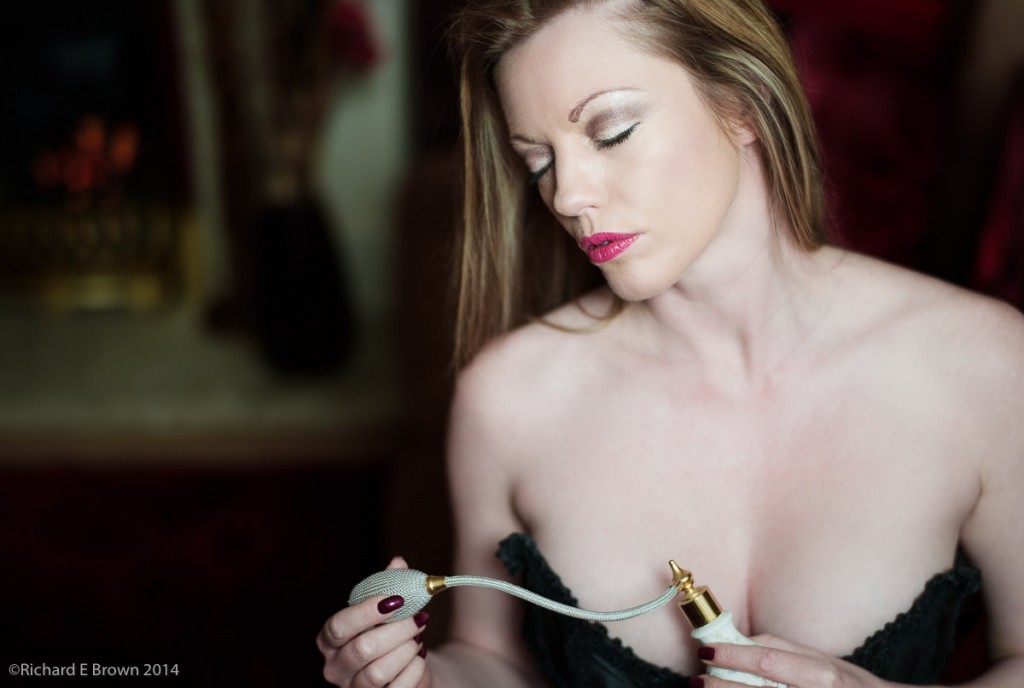
You get a bounce card with the SB800’s that helps and a little modifier, you can also buy little soft boxes to fit on the flash to improve things.
I generally use one flash on camera on low power giving some fill, with a second SB800 on a stand to the side providing the main light. In this shot above of Holly above, I think it was a battery powered Quadra on a stand providing the light with a shoot through brolly.

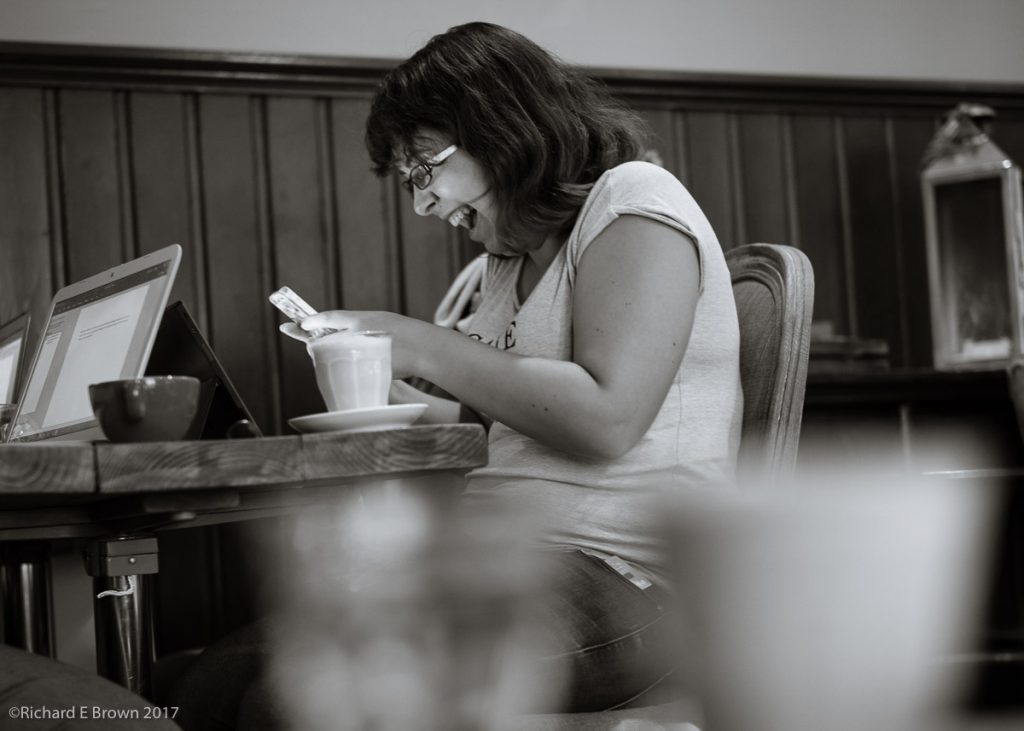
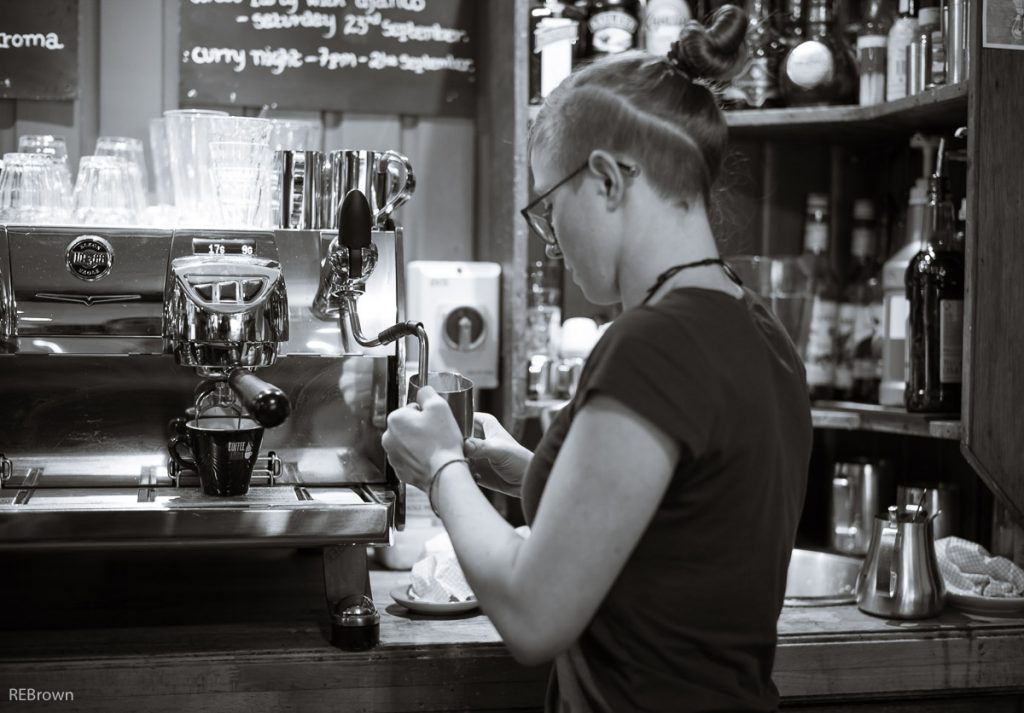

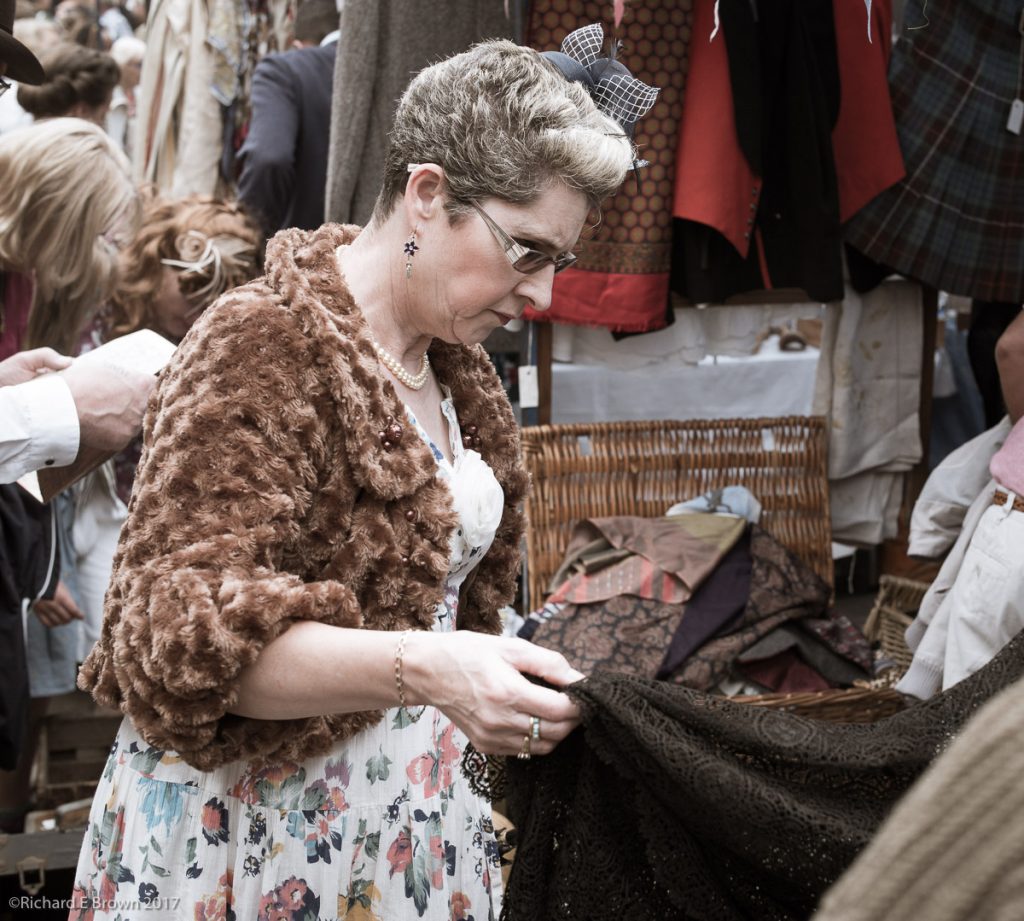

People argue over what is the best camera, the best lens, Canon, Nikon SLR’ no it has to be mirrorless. Fuji gives the best colour, no one can beat Sony etc, etc ad nauseam.
The one thing that is actually the most important is actually hardly ever discussed, and that is light.
All the above shots were taken in available light, some indoor some high contrast summer sun.

Most photographers like to work with available light, its easy but your somewhat stuck with what you have. Maybe a reflector for fill can help but if you want to raise your game then flash is the answer.

Whether its overpowering the sun with flash to take a photo of a flower in the garden or studio light on a fashion shoot, this with modern cameras, a histogram or some knowledge with a light meter gives controllable light; light that you can sculpt and shape the scene and your subject.
Flash seems to scare many photographers but to be honest there is no reason to be afraid. The easiest and worst is on camera flash. All photographers at some point have tried it. Flash on camera, harsh direct light and often red-eye on the subject. Not pretty. The flash goes away never to be used again.
But move the flash off camera, start to understand the relationship between size of the light source and its affect on hard and soft light; and a understanding of defused and specular light sources and you can take control of the light around you.
So how do you learn this, well there are a lot of good educators on YouTube
I particularly like ‘Daniel Norton Photographer‘. If you want some out of the box thinking on flash, especially small flash the Strobist website is a good place to start.